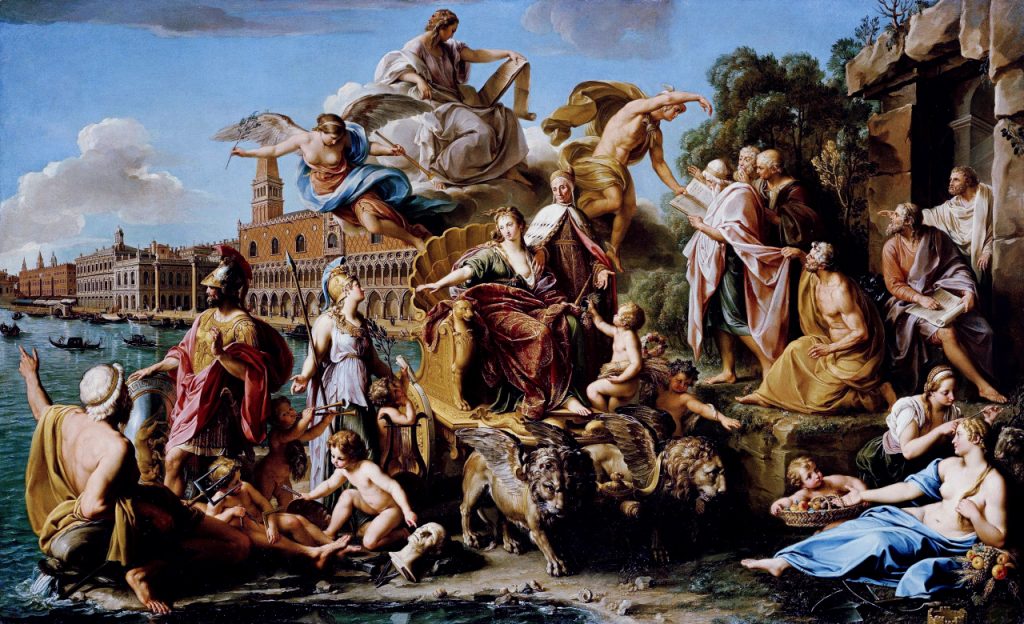Abhishek Kumar
JANUARY 25, ON THIS DAY
Pompeo Batoni was an Italian painter of the late Baroque period, famous for his elegantly composed portraits of the European aristocracy. His work is characterized by a classical style, idealized figures, and a subtle use of iconography. Iconography is the interpretation of the meaning behind the symbols and images used in a work of art, and it can be used to uncover the deeper themes and meanings in an artwork. In the case of Pompeo Batoni’s paintings, it can be used to gain insight into the values and beliefs of the subjects of his portraits, as well as the artist himself. The iconography of Batoni’s paintings is complex and reveals much about the artist’s own beliefs and values.
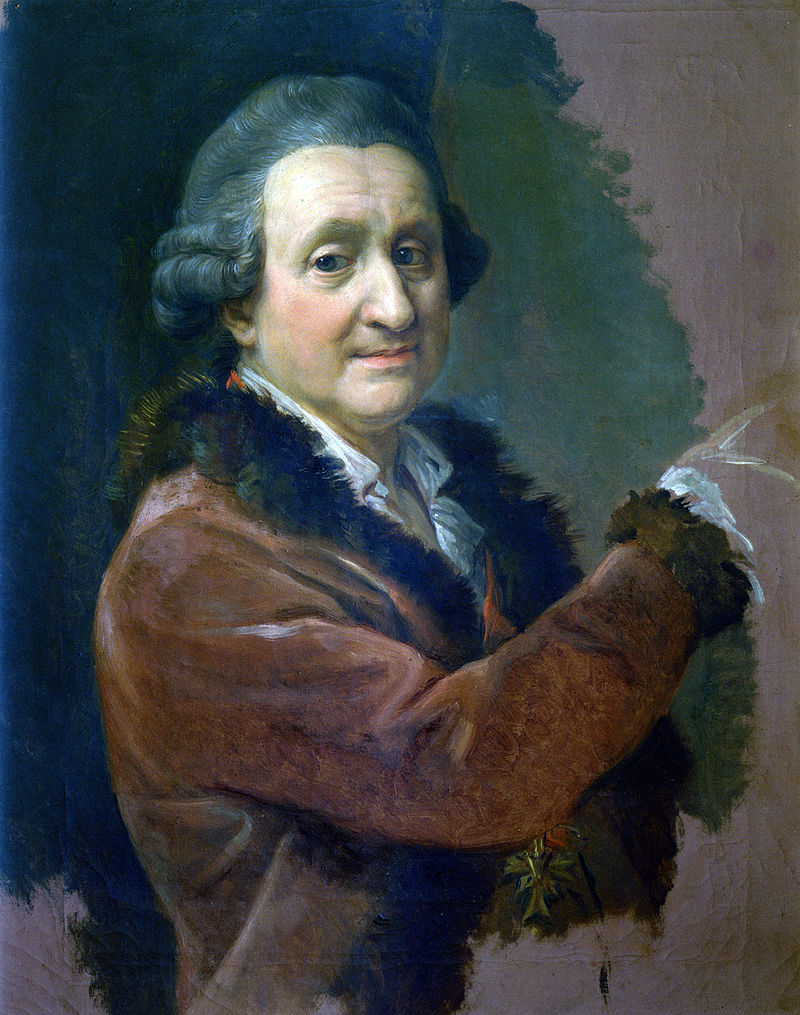
Pompeo Batoni was born on January 25, 1708 at Lucca, Italy. He moved to Rome in 1727, and apprenticed with Agostino Masucci, Sebastiano Conca and/or Francesco Imperiali. Batoni was known for his grandiose and highly-detailed historical, mythological, and religious paintings. He was particularly skilled at depicting the human figure, and his works often feature a wide variety of symbols and iconography. By studying the iconography in Pompeo Batoni’s paintings, one can gain insight into his beliefs and values. His works show a deep appreciation for the beauty and grace of his subjects, as well as an understanding of the importance of wealth and power.
One of the most striking aspects of Batoni’s paintings is his use of vibrant colors and intricate details. He often used bright colors to create a sense of grandeur and majesty. This is especially evident in his religious and mythological works, which often featured bright colors and detailed imagery. In many of these works, Batoni used symbols to convey a moral or spiritual message. For example, in his painting of the Nativity, he included symbols of the Virgin Mary and baby Jesus, as well as a dove representing the Holy Spirit. These symbols were meant to remind the viewer of the importance of faith and piety.
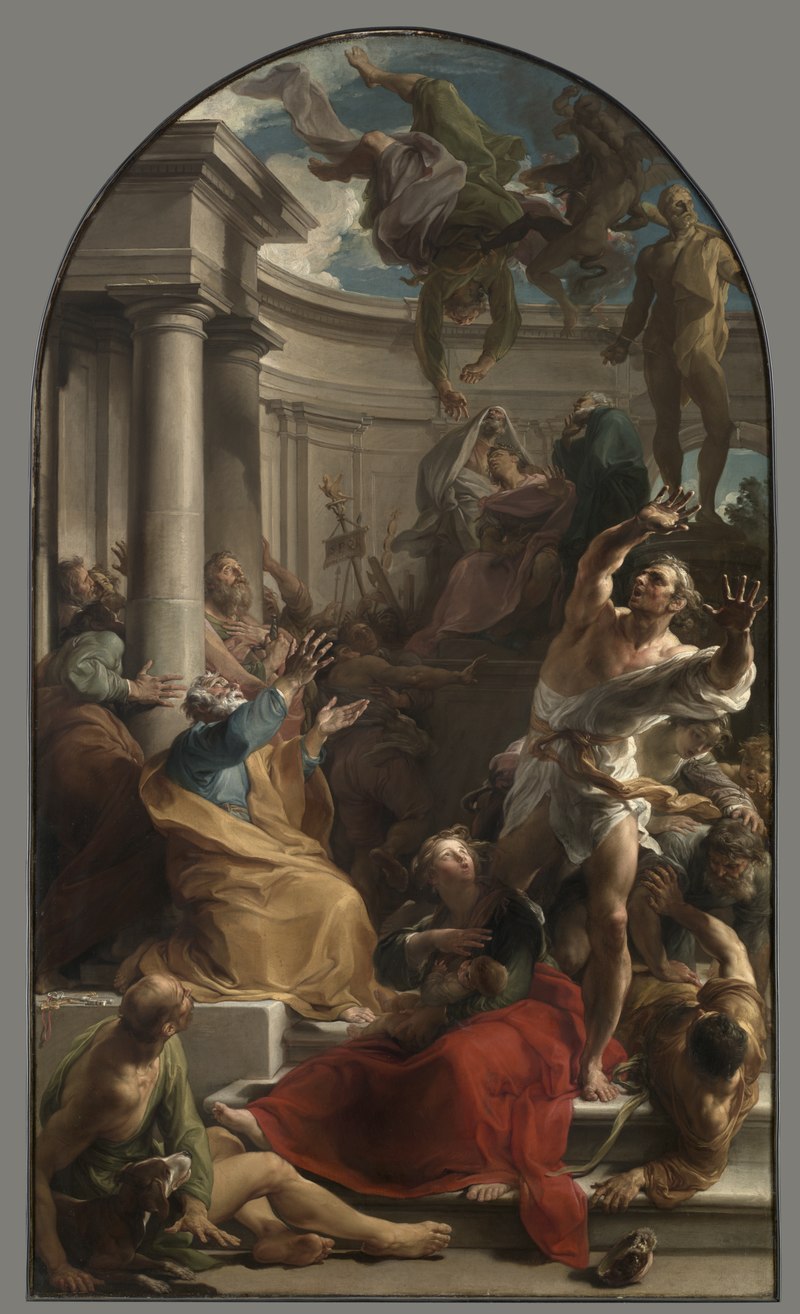
Batoni also used symbols to convey specific themes. He often used mythological figures to represent philosophical and moral concepts. For example, in his painting “The Triumph of Bacchus and Ariadne”, he included figures of Bacchus, Ariadne, and Cupid to symbolize the power of love and passion. His use of allegory was also a common element in his religious paintings, as he used figures such as angels and saints to represent virtues such as faith and charity. Some of the most common symbols found in Batoni’s paintings include classical architectural elements, such as columns, pediments, and statues, which were often used to create a sense of grandeur in his works.
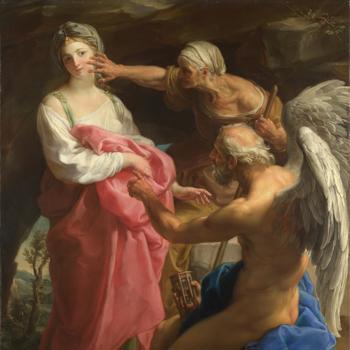
In addition to the use of symbols and allegory, Batoni also employed certain compositional techniques to convey a message. For example, he often used dramatic lighting and dramatic poses to emphasize the importance of his subject. He was also known for his use of diagonals and curved lines, which gave his paintings a sense of movement and dynamism. Batoni also employed a variety of symbols to express his own personal beliefs and values. He often used symbols such as the cross, the dove, and the sun to represent his faith in Christianity. He also used the laurel wreath to represent his belief in the power of human endeavour, and the palm branch to represent the triumph of good over evil.
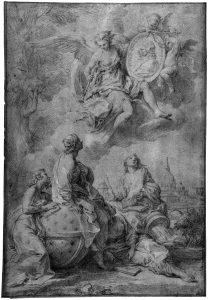
Another common feature in Batoni’s paintings is the inclusion of inscriptions or Latin phrases, which were often used to provide additional context or meaning to the work. Many of these inscriptions were taken from classical literature, such as Ovid and Virgil, and were often used to evoke a sense of the past and tradition. In general, the iconography of Batoni’s paintings is highly varied and complex, and requires a deep understanding of classical literature and mythology to fully appreciate. However, even without a detailed knowledge of these subjects, it is still possible to appreciate the skill and beauty of his paintings, and the messages and meaning they convey.
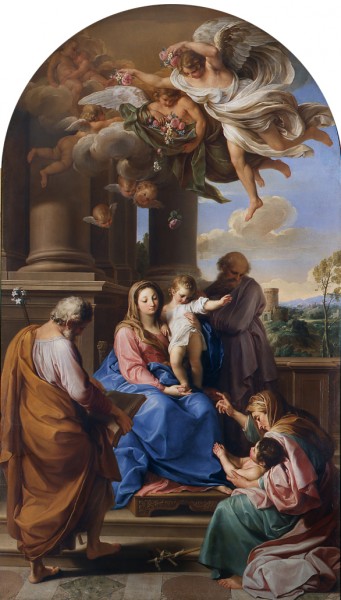
Sources:
- https://artuk.org/discover/stories/decoding-the-grand-tour-portraits-of-pompeo-batoni
- https://edoc.ub.uni-muenchen.de/29606/7/Kerber_Hans_Peter_Bjoern.pdf
- https://en.wikipedia.org/wiki/Pompeo_Batoni

